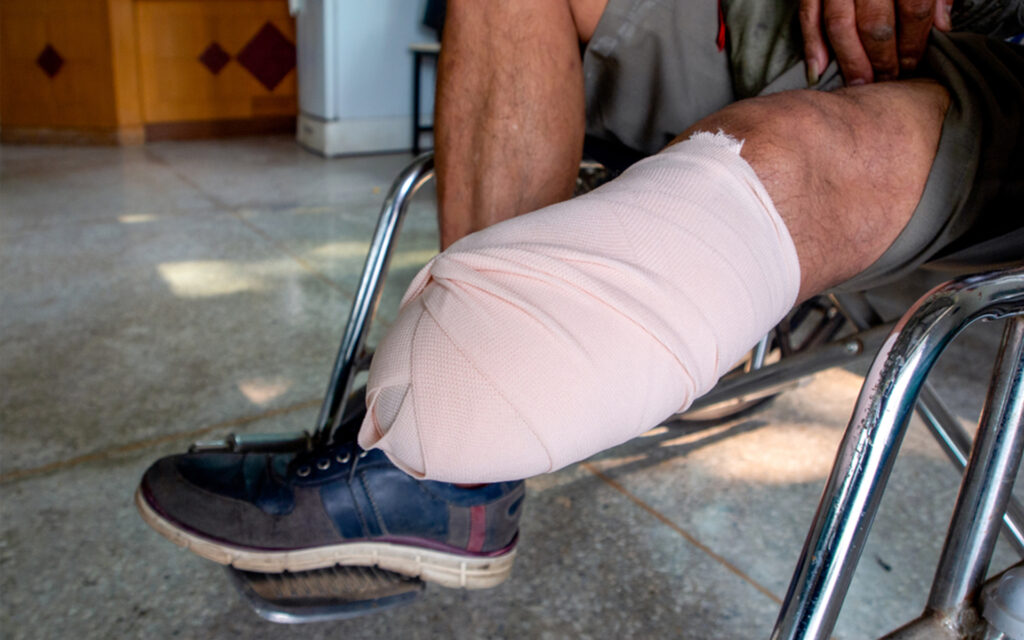
A serious work injury can change your life forever. When you’re unable to fully recover, you may be left with lasting physical or mental limitations that affect your ability to work or perform daily activities. That’s where Permanent Disability (PD) Ratings come into play under California’s workers’ compensation system.
But what exactly is a permanent disability rating? How is it calculated? And how does it affect your benefits? Let’s break it down in simple terms.
What is Permanent Disability?
Under California workers’ compensation law, permanent disability means:
You’ve reached Maximum Medical Improvement (MMI)—your condition is stable and won’t substantially improve.
You still have some level of lasting physical or mental impairment because of your work injury.
Even if you can still work, you might qualify for a permanent disability rating if your injury causes limitations—like restricted motion, chronic pain, or reduced stamina.
How is Permanent Disability Rated?
When you reach MMI, your treating doctor—or a Qualified Medical Evaluator (QME) if there’s a dispute—writes a Permanent and Stationary (P&S) report. This report:
- Describes your medical condition
- Details your physical or mental limitations
- Assigns an impairment percentage based on American Medical Association (AMA) Guides
That impairment percentage is then converted into a Permanent Disability Rating by applying several factors, including:
✅ Age and Occupation: Ratings are adjusted to reflect how the injury affects your specific work. For example, losing mobility in your arm might be rated higher for a mechanic than for an office worker.
✅ Diminished Future Earning Capacity (DFEC): California considers how much your injury reduces your ability to earn income.
✅ Apportionment: If part of your disability comes from a pre-existing condition, the percentage of PD may be reduced.
Example of How It Works
Imagine a warehouse worker who injures his lower back lifting heavy boxes:
- His doctor gives him a 10% whole person impairment under the AMA Guides.
- Adjustments are made for his age and job duties.
- His final Permanent Disability Rating might be calculated at 12%.
This rating determines how many weeks of PD benefits he’ll receive and the total dollar amount.
How Much Money Will You Get?
The Permanent Disability Rating drives the value of your PD benefits. The higher the rating, the more weeks of payments you’re entitled to.
As of 2024, the weekly benefit rate for PD in California ranges roughly from $230 to $290 depending on your average weekly wage. Here’s a simplified example:
- A 10% PD rating might entitle you to 30 weeks of payments at $290/week = $8,700.
- A 30% rating might entitle you to 120 weeks = $34,800.
These numbers are rough estimates. The actual calculation can be complex and varies by your specific circumstances.
Permanent Disability vs. Total Disability
Permanent disability doesn’t mean you’re totally disabled. Many workers with a PD rating can:
- Return to work with restrictions
- Do lighter or different work
- Continue earning income
However, if your injuries leave you unable to work at all, you may qualify for Permanent Total Disability (PTD) benefits, which can last for life.
Can You Challenge the Rating?
Absolutely. If you disagree with your PD rating:
✅ You can request a second medical opinion through a Qualified Medical Evaluator (QME).
✅ You may negotiate a higher settlement with the insurance company.
✅ Your attorney can help contest an unfair rating.
A few percentage points can dramatically change your settlement value—so it’s worth reviewing your rating carefully.
Lump Sum Settlements
Instead of weekly payments, you may settle your permanent disability benefits in a lump sum. This is called a Compromise and Release. While a lump sum provides immediate cash, it also usually closes your case forever—including future medical care in some situations. Always talk to an attorney before accepting a settlement.
Final Thoughts
Understanding how Permanent Disability Ratings work is crucial if you’ve suffered a significant work injury in California. These ratings determine not just how much compensation you receive—but also how secure your financial future will be.
If you’re facing a permanent disability, don’t navigate this alone. The rating process can be complicated, and an experienced workers’ compensation attorney can help ensure you receive every dollar you deserve.




